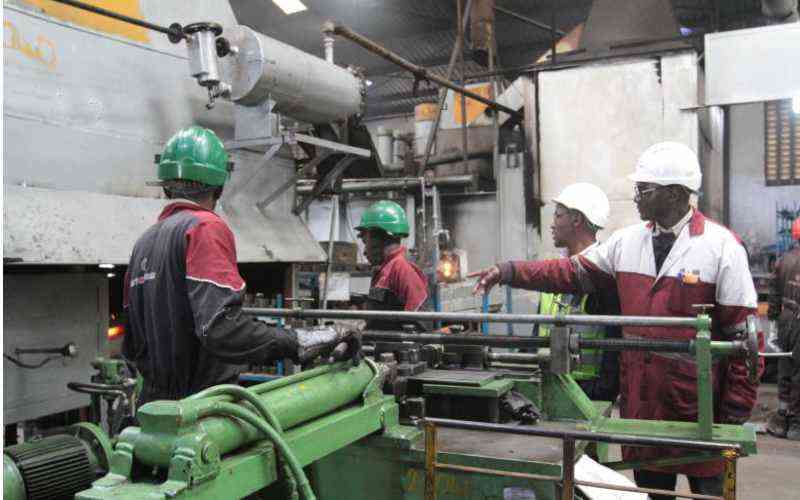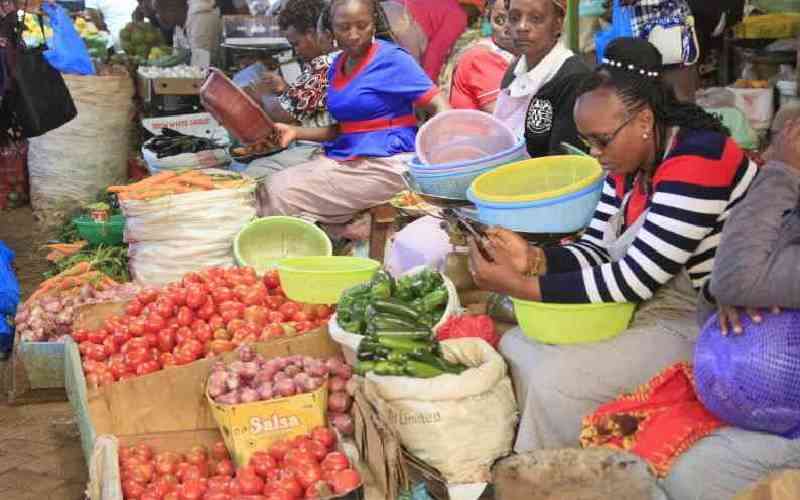As the holiday season approaches, shoppers across Kenya and the world prepare for one of the busiest and most festive times of the year.
Amid the joy and excitement of the season lies a hidden threat —counterfeit goods flooding the market. Counterfeit items, goods which imitate authentic products in appearance but fail to meet safety and quality standards, pose a significant risk to consumers.
From electronics and toys to beauty products, medicines, and even food, these fake goods not only harm consumers but also undermine the economy, public health, and safety. This threat is a big challenge to policy makers, industry and consumers.
According to the Organisation for Economic Co-operation and Development (OECD, the global trade in counterfeit goods is estimated to account for 3.3 per cent of world trade,
In Kenya, approximately 30 per cent of goods in the market are believed to be counterfeit. The holiday season worsens the problem. High consumer demand creates a fertile ground for counterfeiters to exploit unsuspecting buyers.
Counterfeit electronics, for instance, can overheat or cause fires. Fake toys may contain harmful chemicals. Counterfeit medicines and cosmetics are often riddled with harmful substances. Fake medicines, apparels, electronics can severe health complications among many other deleterious effects.
While the government has requisite laws and regulations, a lot need to be done to address the problem. Regulatory and law enforcement agencies like Anti-Counterfeit Authority (ACA), Kenya Police and Kenya Bureau of Standards should put all their hands on deck to protect consumers from these risks.
There should be joint focus on collaboration in conducting inspections, raids and market surveillance. These efforts should extend to online platforms, a growing hotspot for counterfeit sales. At the heart of the mission is public education—empowering consumers to identify fake products.
The psychology of consumer behaviour offers valuable insights into why counterfeit goods proliferate, particularly during high-pressure shopping periods. The theory of planned behavior (TPB) suggests that attitudes, social norms, and perceived behavioural control influence purchasing decisions.
Consumers, driven by a desire for bargains, may prioritise cost over quality, inadvertently buying counterfeit goods. Others may succumb to peer recommendations or lack tools to verify product authenticity. By addressing these factors through awareness campaigns, the ACA aims to shift consumer attitudes and equip the public with practical strategies for identifying counterfeit products.
Counterfeiting is not just an economic issue, it is a security threat. The production and sale of counterfeit goods often fund organised transnational crime, undermining governance and stability of countries and regions.
Retailers and security experts play a pivotal role in this fight. Anti-counterfeit technologies, such as holograms, RFID tags, and blockchain systems, are essential tools for verifying product authenticity. Security teams must remain vigilant, trained to spot counterfeit goods and act swiftly to remove them from circulation. As we approach the year’s end, let us make this holiday season legit, secure and joyful for all.
-Dr Njoroge is the Executive Director of the Anti-Counterfeit Authority
 The Standard Group Plc is a multi-media organization with investments in media
platforms spanning newspaper print operations, television, radio broadcasting,
digital and online services. The Standard Group is recognized as a leading
multi-media house in Kenya with a key influence in matters of national and
international interest.
The Standard Group Plc is a multi-media organization with investments in media
platforms spanning newspaper print operations, television, radio broadcasting,
digital and online services. The Standard Group is recognized as a leading
multi-media house in Kenya with a key influence in matters of national and
international interest.
 The Standard Group Plc is a multi-media organization with investments in media
platforms spanning newspaper print operations, television, radio broadcasting,
digital and online services. The Standard Group is recognized as a leading
multi-media house in Kenya with a key influence in matters of national and
international interest.
The Standard Group Plc is a multi-media organization with investments in media
platforms spanning newspaper print operations, television, radio broadcasting,
digital and online services. The Standard Group is recognized as a leading
multi-media house in Kenya with a key influence in matters of national and
international interest.











